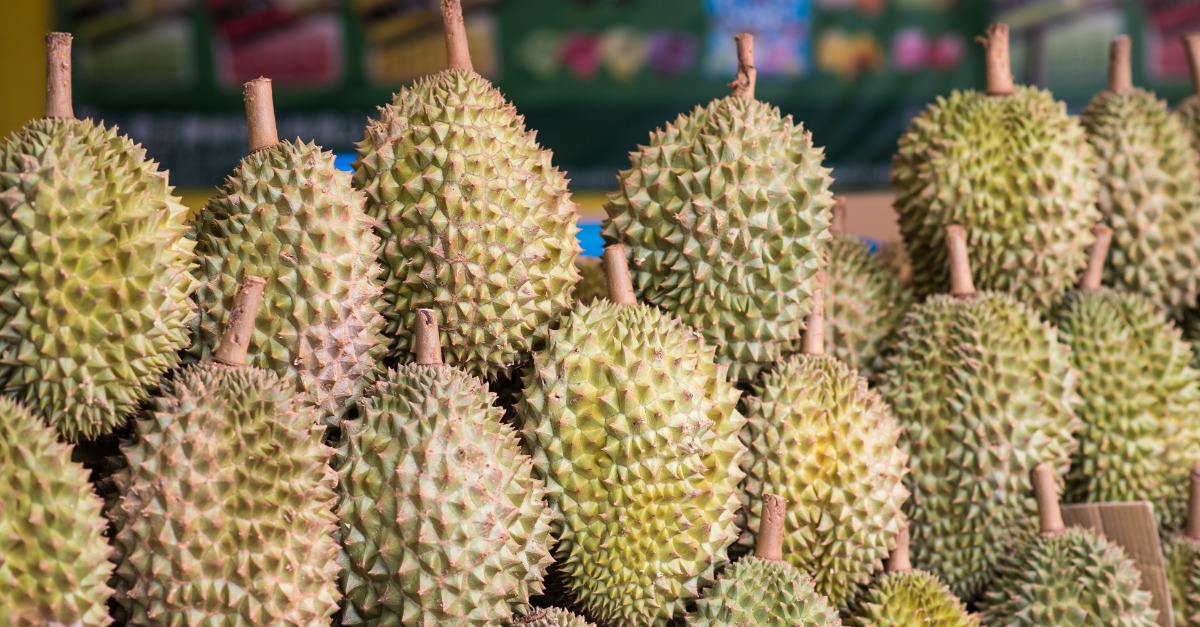07/09/2023 (China) - China's voracious appetite for durian has driven a 400% surge in global demand for the distinctively pungent tropical fruit. This remarkable increase, as reported by HSBC, has Southeast Asian exporters eyeing a regional trade agreement for further growth. The Chinese market accounts for a staggering 91% of the world's durian demand, with imports totaling $6 billion over the past two years.
HSBC notes that approximately 90% of durians shipped worldwide originate from the 10-member Association of Southeast Asian Nations (ASEAN) bloc, a significant jump from the 60% figure seven years ago. This 400% growth in demand was calculated based on data collected in the first quarter of this year compared to the same period in 2022.
The Regional Comprehensive Economic Partnership (RCEP), a 15-nation free-trade deal involving ASEAN, China, Japan, South Korea, Australia, and New Zealand, has played a role in accelerating the durian trade. It has achieved this by reducing taxes and streamlining customs procedures since taking effect in most countries at the start of last year.
Nevertheless, some experts suggest that RCEP alone cannot explain the 400% growth. Ding Shuang, the chief economist for Greater China and North Asia at Standard Chartered Bank, points out that China's containment measures during the COVID-19 pandemic last year may have established a lower baseline for comparison.
China's import of fresh durians surged fourfold in 2022 compared to 2017, amounting to $4 billion in revenue, according to Chinese customs data. These fruits have gained popularity in China as gifts for various occasions. Thailand dominates the ASEAN durian export market, while other countries like the Philippines and Malaysia are also making strides to tap into the growing Chinese durian market.



